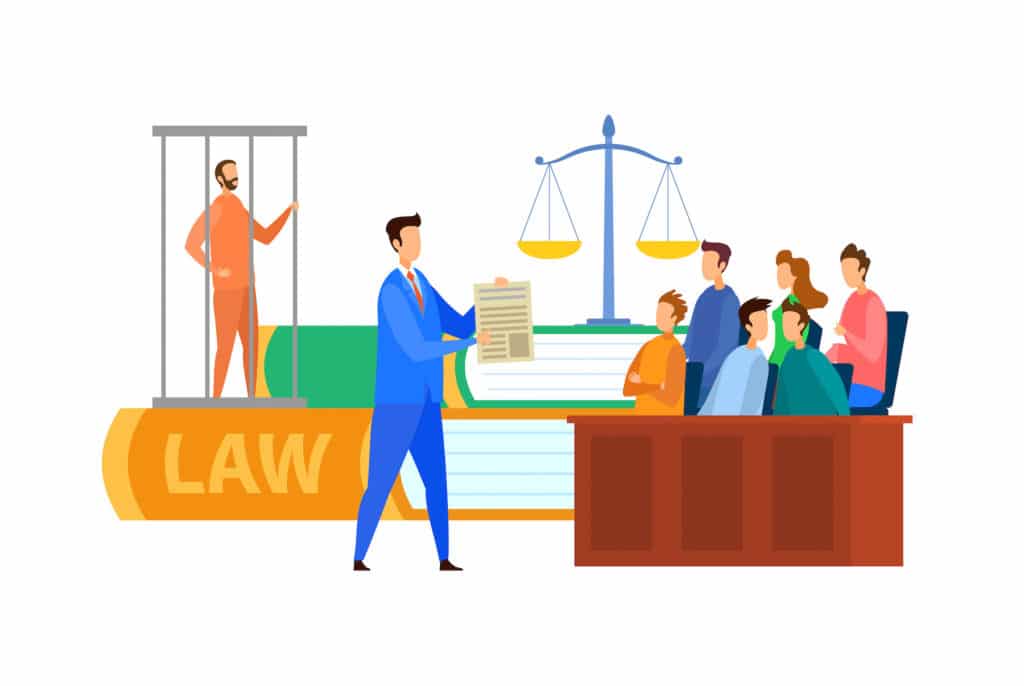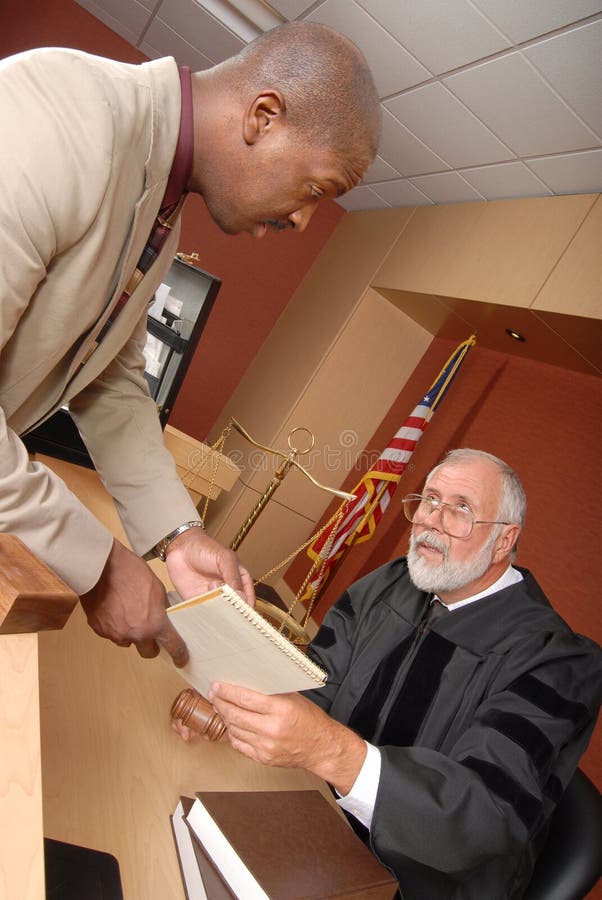Mastering the Art of Trial Presentations: Trick Techniques for Efficient Lawful Arguments
Browsing the Complexities of Test Presentations: Tips for Seamless Distribution and Compelling Arguments
In the world of lawful proceedings, the art of trial presentation stands as a crucial factor of success. As attorneys navigate the complex internet of court room characteristics, the capacity to seamlessly supply debates and proof while captivating the jury's attention comes to be paramount. The intricacies integral in trial presentations need a delicate balance of finesse, technique, and skill. By honing methods that ensure a refined shipment and crafting compelling arguments that resonate with the audience, attorneys can considerably boost their advocacy. In a globe where persuasion reigns supreme, grasping the ins and outs of trial presentations is not just a choice however a requirement for those seeking to prevail in the court.

Understanding Test Objectives
To efficiently browse a trial, it is essential to have a clear understanding of the purposes that require to be attained. Prior to tipping right into the court room, lawful groups should define their objectives and desired results. These goals act as leading concepts throughout the trial, shaping approaches and affecting decision-making processes.
Recognizing test objectives includes a comprehensive analysis of the instance, lawful precedents, and the client's benefits. Trial Presentations. It needs a thorough examination of the realities, identifying crucial concerns, and expecting prospective difficulties. By setting quantifiable and particular goals, attorneys can tailor their disagreements and presentations to line up with the wanted outcomes
Furthermore, a clear grip of trial objectives allows legal groups to focus on proof, witnesses, and lawful disagreements efficiently. It enables the development of a meaningful narrative that resonates with the judge and court, enhancing the general instance presentation.

Organizing Evidence Effectively
Having a clear understanding of test objectives lays the structure for organizing evidence properly in legal procedures. By lining up the presentation of proof with the wanted outcomes of the trial, legal groups can reinforce their debates and enhance their persuasiveness.
One more trick aspect in organizing evidence efficiently is developing a sensible flow. Presenting evidence in a sequential and systematic way can aid develop an engaging narrative that sustains the legal debates being made. Additionally, making use of aesthetic aids such as timelines, graphes, or charts can further enhance the organization of proof and help in making clear complex connections or sequences of events.
Additionally, ensuring that all proof offered is relevant and acceptable to the situation is important. Irrelevant or inadmissible evidence can interfere with the strength of the debate and possibly harm the trustworthiness of the here and now event. A careful review and selection process need to be undertaken to include only the most impactful and lawfully sound evidence in the trial presentation.
Crafting Persuasive Narratives
Crafting compelling stories plays a crucial role in presenting influential debates throughout legal proceedings. A well-crafted narrative read what he said has the power to captivate the target market, stimulate emotions, and eventually guide the decision for the here and now celebration. When building a narrative for a trial discussion, it is important to develop a clear storyline that highlights crucial factors and attaches them in a coherent way. Begin by laying out the truths of the instance in an engaging fashion, guaranteeing that the series of occasions is simple to follow. Present personalities successfully, providing history info that aids the audience comprehend their actions and motivations. In addition, including dazzling descriptions and engaging language can bring the narrative to life, making it more unforgettable for the court and jury. By weaving with each other evidence, statement, and legal disagreements into a natural and influential narrative, lawful professionals can successfully promote for their clients and boost the probability of a desirable result in the courtroom.
Mastering Aesthetic Help
Effective use aesthetic help is key to enhancing the effect and quality of test presentations. Visual aids, why not find out more when made use of purposefully, have the power to simplify complex info, enhance bottom lines, and leave a long lasting perception on the court and court. To understand aesthetic aids in trial presentations, it is important to make certain that they are clear, succinct, and pertinent to the arguments being made.
When incorporating visual aids, such as charts, graphs, timelines, or photos, into a trial presentation, it is vital to keep them visually appealing yet expert. The visuals ought to match the verbal arguments, offering a graph of the details being discussed without frustrating the target market with unneeded details.
In addition, experimenting the visual aids beforehand is crucial to make sure a seamless delivery during the test. Acquainting oneself with the material, transitions, and timings of each aesthetic help can assist maintain the circulation of the discussion and stop technical glitches that might develop.
Delivering Impactful Closing Arguments
An engaging closing debate serves as the culmination of a test discussion, encapsulating the core story and convincing the discretionary in the direction of a beneficial choice. To deliver an impactful closing debate, it is vital to succinctly evaluate bottom lines, highlight the staminas of your case, and resolve any type of weak points in a calculated manner. Begin by laying out the primary arguments that sustain your client's setting, emphasizing why the proof presented throughout the test supports your story. It is important to develop a sense of communication and quality, leading the discretionary in the direction of the wanted verdict.
In addition, integrating emotional charm can further reinforce your closing argument. Eventually, a well-crafted closing disagreement ought to leave an enduring perception, engaging the court and jury to rule in your client's support.
Final Thought
In conclusion, mastering trial discussions involves recognizing purposes, arranging proof, crafting stories, using aesthetic aids, and providing impactful closing disagreements. By executing these techniques successfully, legal representatives can offer their instance seamlessly and make compelling arguments in the courtroom. It is vital to navigate the complexities of test presentations with precision and skill to achieve success in legal proceedings.
By straightening the discussion of proof with click site the preferred results of the trial, lawful groups can reinforce their debates and enhance their persuasiveness (Trial Presentations). To grasp aesthetic aids in test presentations, it is critical to ensure that they are clear, concise, and pertinent to the disagreements being made
A compelling closing disagreement serves as the culmination of a trial presentation, enveloping the core story and convincing the court and jury towards a favorable choice. Begin by laying out the primary disagreements that support your customer's placement, emphasizing why the proof offered throughout the trial supports your story.In conclusion, understanding test discussions entails recognizing goals, arranging proof, crafting narratives, utilizing visual aids, and providing impactful closing debates.